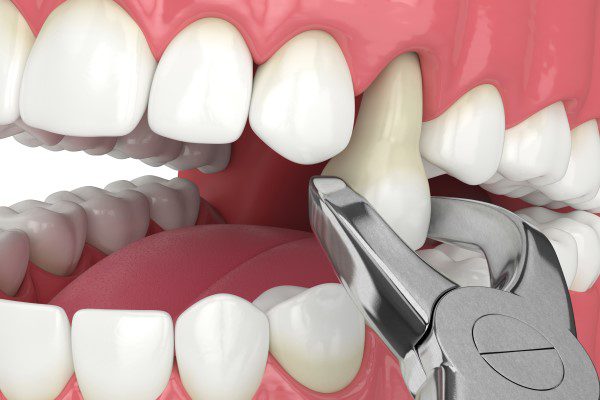Extractions are dental procedures that involve the removal of teeth from their sockets. While this may sound daunting, the process is done with surgical precision. Behind every successful extraction lies a fascinating science that ensures safe and efficient teeth removal. In this article, we will delve into the intricacies of dental extractions and explore the scientific principles that make them possible.
Understanding Tooth Anatomy
Before we explore the science of extractions, it is crucial to understand the anatomy of a tooth. A tooth has multiple layers, including the enamel, dentin, and pulp. The enamel, the outermost layer, is the hardest substance in the human body, protecting the underlying structures.
1. Anesthesia And Pain Management:
One of the essential aspects of dental extractions is ensuring patient comfort during the procedure. Local anesthesia is typically administered to numb the area around the tooth, making the extraction process painless. The science behind anesthesia lies in blocking nerve signals, preventing the transmission of pain sensations to the brain.
2. The Role Of Radiography:
Radiography plays a vital role in the science behind extractions. X-rays provide crucial information about the tooth’s position, shape, and roots, helping the dentist plan the extraction procedure. By visualizing the tooth’s structure and surrounding tissues, the dentist can anticipate potential challenges and ensure a successful extraction.
3. Surgical Techniques:
Various surgical techniques are employed based on the tooth’s condition and its location in the mouth. Simple extractions are performed on teeth visible above the gum line, while surgical extractions are required for impacted or severely damaged teeth. The science of surgical techniques involves meticulous planning, precise incisions, and gentle tissue manipulation to access and remove the tooth safely.
4. Bone Preservation And Socket Preservation:
After an extraction, preserving the surrounding bone and socket is crucial for future dental treatments. The science behind bone preservation lies in minimizing trauma during the extraction and preserving the alveolar bone, which supports the teeth. Socket preservation techniques, such as grafting, promote healing and prevent bone loss, ensuring the area is prepared for future dental implants.
5. Post-Extraction Healing:
The science behind post-extraction healing is fascinating. Blood clot formation at the extraction site is essential for proper healing and preventing complications like dry sockets. The body’s natural healing process, aided by proper aftercare, facilitates the regeneration of soft tissues and bone in the extraction area.
The Bottom Line
Dental extractions are not only about removing a tooth; they are complex procedures that involve scientific principles and techniques. From understanding tooth anatomy to utilizing anesthesia, radiography, and surgical precision, dentists ensure safe and efficient extractions. By appreciating the science behind extractions, patients can gain confidence in the procedure and understand the importance of proper aftercare for successful healing. Next time you undergo a tooth extraction, remember the science that enables the surgical precision behind it. Book your appointment with our Arlington dentist today.

